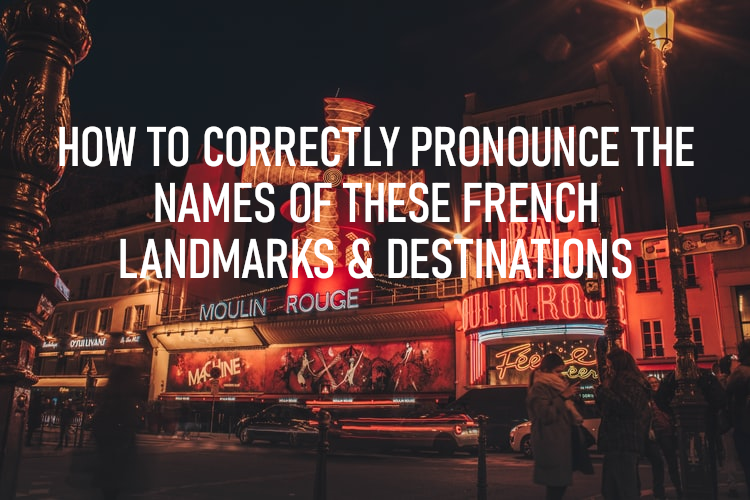
From the glitzy boulevards of Paris to the glimmering shorelines of the French Riviera; France is one of the most beautiful countries (and the most visited country) in the world. But unless you speak French, France is also one of the countries with the most difficult-to-pronounce attractions and town names.
In this article we’ll look at some of the most popular French landmarks and destinations that everyone pronounces incorrectly, and hopefully have you well on your way to sounding like a local in no time!
* Note: To simplify learning the pronunciation we are going to stay away from actual phonetic transliterations and will be using our own made-up transliterations to mimic the sound. Syllable stress is indicated with capitals.
1. Charles de Gaulle (CDG) Airport
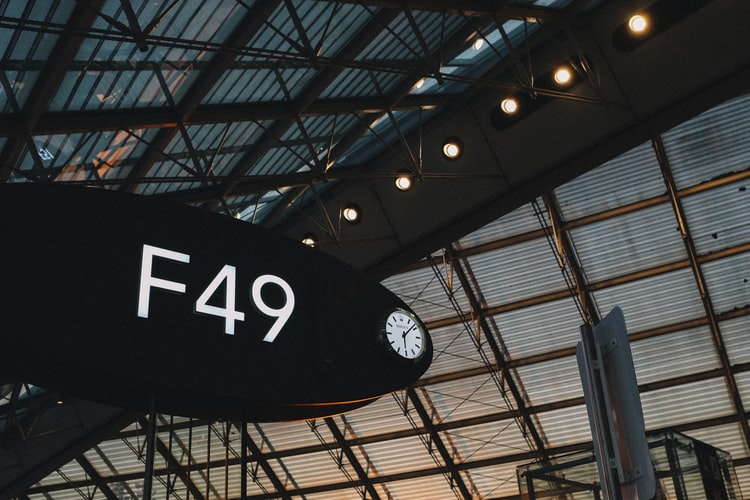
Paris’ largest airport is one of the busiest and largest in Europe. It’s also arguably the one most often mispronounced.
| How NOT to pronounce it: | [CHAALS] + [deh] + [GOHL] |
| Correct pronunciation: | [SHAAL] + [duh] + [GAWL] |
TIP: The “ch” sound in French is normally pronounced like the English “sh” sound. The “s” at the end of most words are not pronounced at all, unless the next word starts with a vowel (this is called a liaison and it occurs frequently in spoken French).
2. Cannes
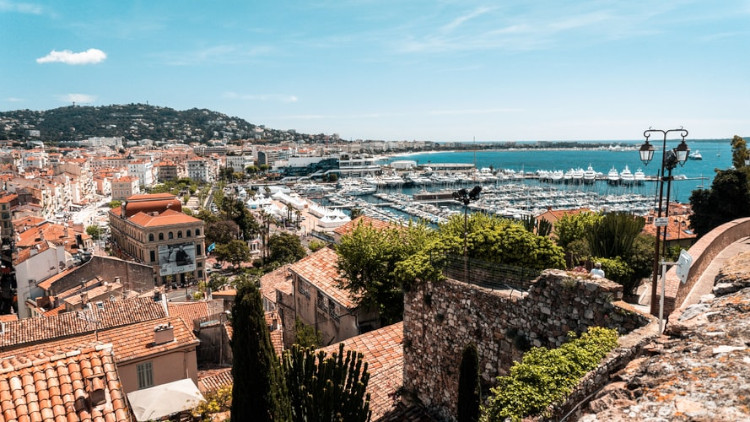
Home to the Cannes International Film Festival, this swanky seaside resort city is a playground for the rich and famous. The only thing that could add to the opulent luxury embedded in its hotels, boutiques and restaurants, would be to properly pronounce the city’s name in the first place.
| How NOT to pronounce it: | [CANS] |
| Correct pronunciation: | [KANN] or [KANN-uh] |
TIP: Building on our previous tip, the “s” at the end is not pronounced. In this case, the “e” is also not pronounced. Without getting into a full-on grammar lesson though, don’t stress too much about pronunciation here – chances are most non-French speakers will be pronouncing it wrong anyway. To get close to the right sound try to say “can” as in English, but stretch the “n” just a teeeeny bit longer. Some French speakers just-just enunciate the “e” as well (which in French is an “uh” sound), to sound almost as if you’re thinking out loud very briefly afterwards. Give it a try, do you think you cann, uh?
3. Champs-Élysées
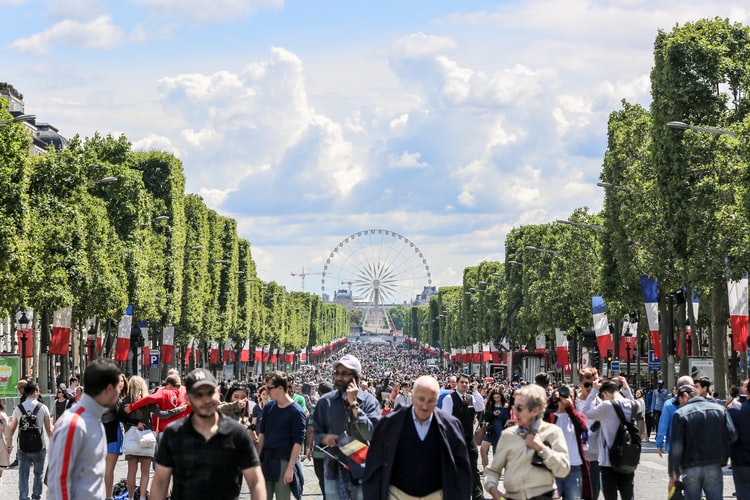
All roads may lead to Rome, but the Avenue des Champs-Élysées leads to the Arc de Triomphe and is world-renowned as the most beautiful and best-known avenue in Paris. Another place it leads to is under a rock, where most non-French speakers crawl to when asked to pronounce it. Fear not, though, for you’ll soon be able to pronounce it like a champ! (Which in this case is NOT a pun, remember our “ch” sounds like “sh” in English tip from earlier?)
| How NOT to pronounce it: | [CHAMPS} + [e-LIS-sees] |
| Correct pronunciation: | [SHOHNZ] + [EH-lee-ZEH} |
In the word “Champs” the “p” and “s” would normally be silent, but in this case, because “Élysées” starts with a vowel, we’re going to pronounce the “s” at the end. Do note, though, that a single “s” in French often sounds like an English “z”. The “m” in this case also has a more nasal “n” sound (hence the “shoHNz” transliteration). In French an “e” with an acute accent (é) is pronounced like the “e” in the English word “bed”; and in this case we have two of those.
Piece all this together, say it in quick succession, and we end up with Champs-Élysées being pronounced as Shohnz-Eh-lee-Zeh.
4. Le Mans

Le Mans is world-renowned as the location for the famous 24 Hours of Le Mans race, which tests the endurance of even the most skilled racing drivers in the world. Correcting English speakers who incorrectly pronounce the city or event’s name also tests the endurance of the locals.
| How NOT to pronounce it: | [leh] + [MAANS] OR [leh] + [MANS] |
| Correct pronunciation: | [luh] + [MAHn] |
TIP: An unaccentuated “e” in French is pronounced as an “uh” sound, hence “le” is pronounced “luh”. “Mans” sounds like if you said “yeah man” in a Jamaican accent, but the “n” is nasal and not fully pronounced. The “s” – being at the end of the word and not followed by a word beginning with a vowel – is, of course, silent.
5. Louvre
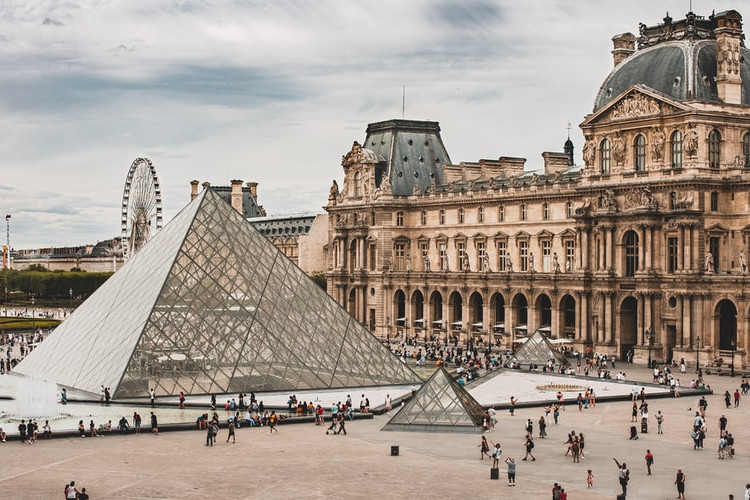
The most famous museum in Paris is home to more than 35 000 works of art – including the bedazzling Mona Lisa, whose glaring eyes follow whoever gazes upon her beauty as they walk past. Little known fact: she’s not just glaring because Leonardo Da Vinci was an exceptional artist, but also because she’s judging us for the way we pronounce the museum she calls home.
| How NOT to pronounce it: | [LOOV-er] OR [LOOV] OR [LOORV] OR [LOOV-ra] |
| Correct pronunciation: | [LOOV-ruh] |
TIP: The French “r” is one of the most difficult sounds to replicate, as it is not found in the English language. The sound is almost like the “ch” sound in German or Scottish dialects, but still not completely the same. To get close, try to picture what it would sound like if you did a sexy growl (grrrrr) while gargling mouthwash. Now try to isolate the sound between the initial “g” and the very first “r”. Close enough. The “e” at the end (remember, unaccentuated it’s an “uh” sound) is just, just pronounced – not accentuated.
6. Versailles
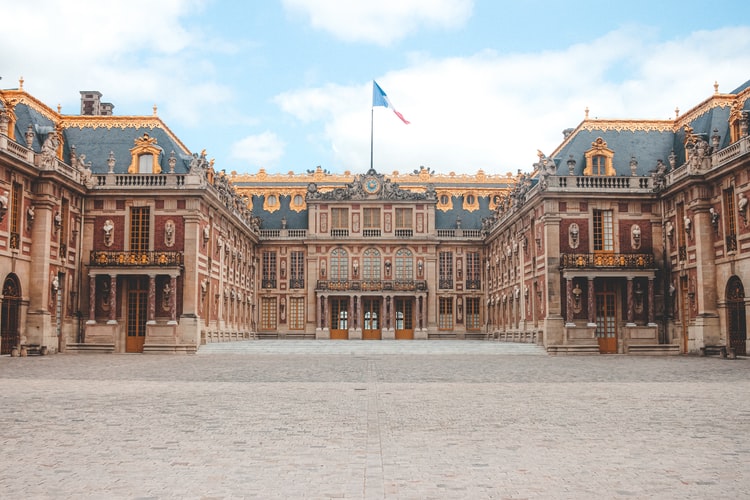
Everyone knows the Palace of Versailles. It is one of the most beautiful and famous French landmarks, and one that featured in some incredibly decisive moments in European history. What few people know, however, is how to correctly pronounce it’s name (and the name of the city in which it is located).
| How NOT to pronounce it: | [ver-SAILS} OR [vers-ISLES] OR [ver-SAIL} |
| Correct pronunciation: | [vuhr-SEYE-uh] |
TIP: If you piece together the knowledge you’ve gained so far, you’ll have already noticed the silent “s” at the end, the semi-gargled “r” and the unaccented “e” at the beginning and end of the word. Here’s a new tip: a double “l” (<- lower case “l” for Lima) is more-often-than-not pronounced as an English “y” sound. So from now on, every time you feel tempted to pronounce it as “ver-SAILS”, think of a pirate ship – a pirate ship has SAILS, but the ship’s eyepatch-wearing captain is missing an EYE, aye? (Versailles = vuhr-SEYE-uh)
7. Côte d’Azur
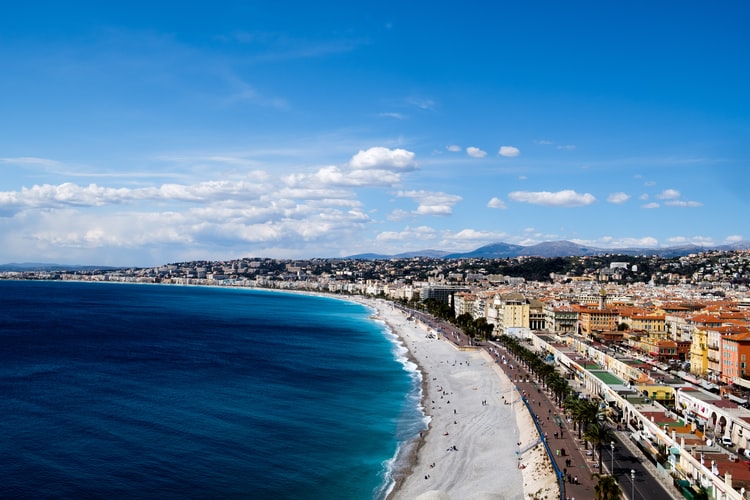
We might know it as the French Riviera, but the locals know it as the Azure Coast (aka Côte d’Azur). Chances are you’ll mostly be using the familiar English term when talking about this beautiful stretch of rich-and-famous coastal playground; but imagine how posh you’ll sound if you called it by its proper French name!
| How NOT to pronounce it: | [COAT] + [de] + [A-zure] OR [COAT] + [daZYR] |
| Correct pronunciation: | [KOT] + [da-ZEUHR] |
TIP: Don’t stress too much about the little hat thingy (called a circumflex) on the “o”, just know “Côte” is not pronounced like the English “coat”, but rather like the English “cot”. The “u” in “Azur” is a new sound – another one we don’t have in English. The French “u” sounds almost like the English “e”, but with rounded lips (the beginning of the word “EURope” is a very close, but not entirely there yet, example). Also note the “d” with the apostrophe is not sounded as a separate word or syllable on its own, but rather as part of “Azure”.
8. Château de Chantilly
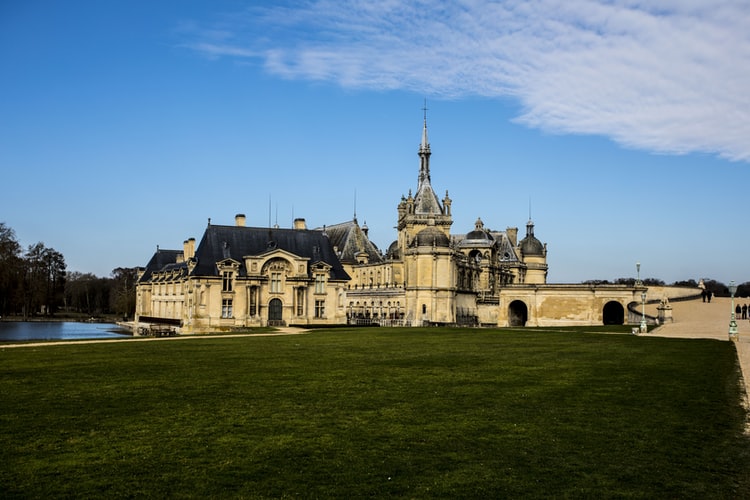
About 30 miles (50km) north of Paris, in the city of Chantilly, lies another one of France’s spectacular and historically important châteaux. Its art gallery contains one of the best collections of paintings in the country and it even has a prestigious equine racecourse attached to it. What is also attached to it is a history of mispronunciation by foreigners. Not anymore! By now you would have built up enough knowledge of French pronunciation to give this a try successfully. Ready to give it a shot?
| How NOT to pronounce it: | [shat-TOWE] + [deh] + [shan-TILL-lee] |
| Correct pronunciation: | [SHAH-toh] + [duh] + [SHAHN-ti-yi] |
TIP: Remember how to pronounce a double “l” in French? That’s right, it’s not “SHANTILLY” but “SHAHNTIYI”. Most people also have an idea of how to pronounce “château”, and while it’s not far from the actual French pronunciation, we just have to make two minor tweaks. The first syllable should not sound like a past tense swear word, but the “â” is rather sounded like the “u” in the English “cut”. The second syllable is not pronounced with the rounded “owe” sound common in English, but rather with a short “o”, almost like in the word “top”. How did you fare before our explanation?
9. Moulin Rouge
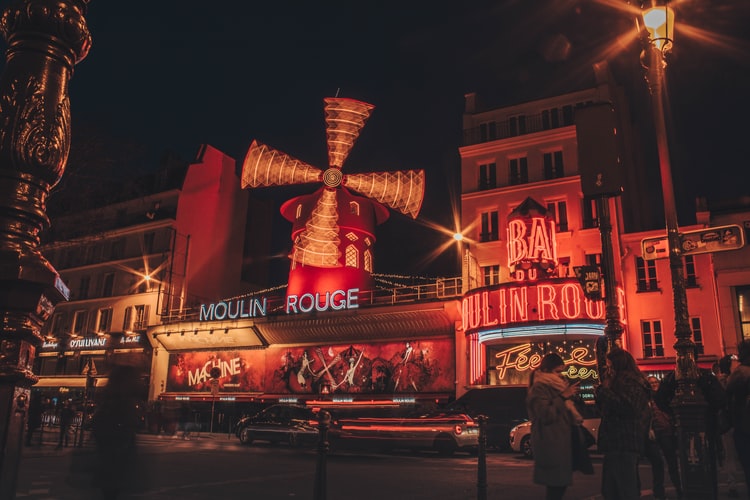
Perhaps the most famous cabaret in the world, this historical establishment in Paris’ Montmartre district was the birthplace of the modern version of the can-can dance. The music and dance have entertained visitors from around the world since the 19th century; while the visitors’ pronunciations in turn have been entertaining the locals for probably the same amount of time.
| How NOT to pronounce it: | [MOO-lan] + [ROOZH] OR [MOO-lan] + [ROOJ] |
| Correct pronunciation: | [MOOL-ahn] + [ROOZH] OR [MOOL-ahn] + [ROOZH-uh] |
TIP: The word “moulin” ends with a typical nasal French “n” sound, and is not articulated like a normal English “n”. Most people get the “rouge” part right, but do note that in French that unaccentuated “e” at the end is sometimes very briefly articulated (remember our example for Cannes above?); so you’ll often hear it pronounced “ROOZH-uh”.
Now that you know how to correctly pronounce these French landmarks and destinations, you can join the revolution and help us correct everyone’s mispronunciations! Think we missed an important or famous landmark or city? Let us know in the comments and we’ll do a follow-up!
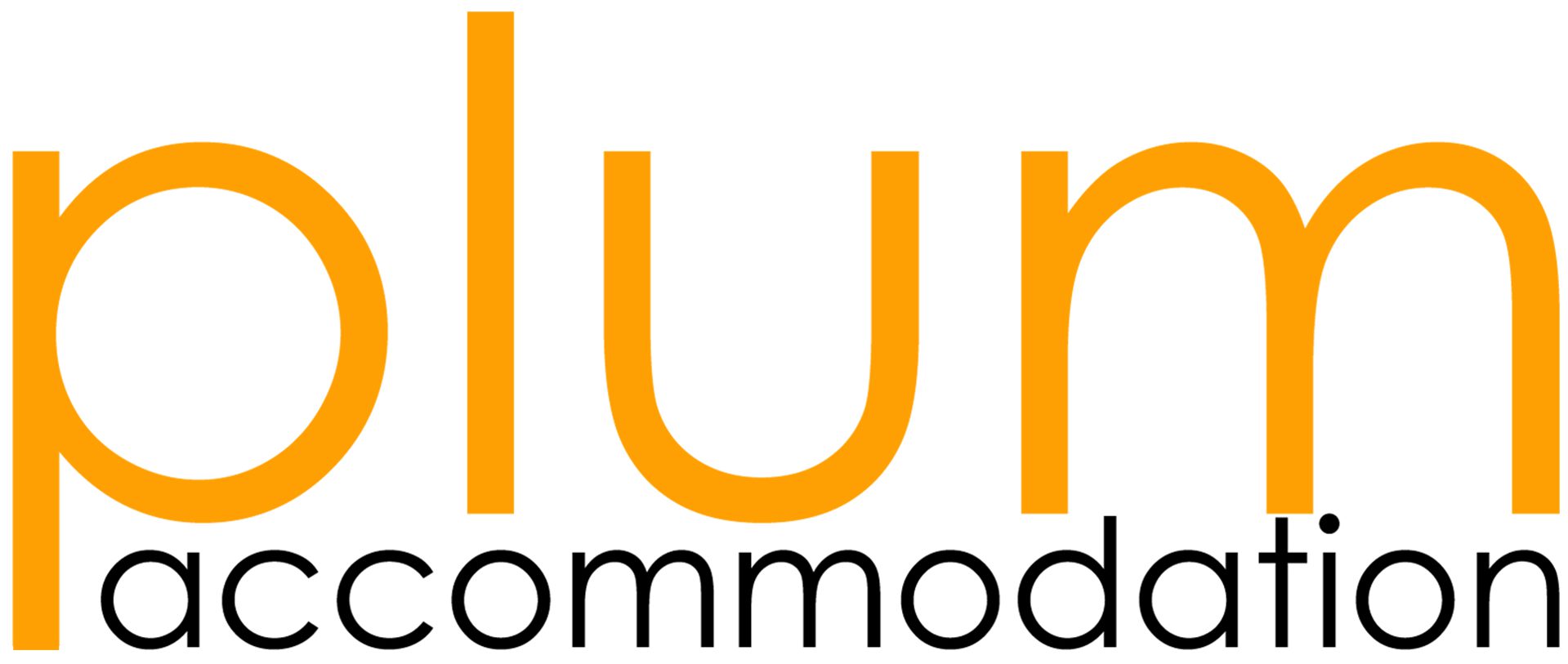
Leave a Reply